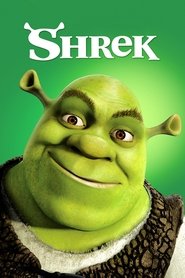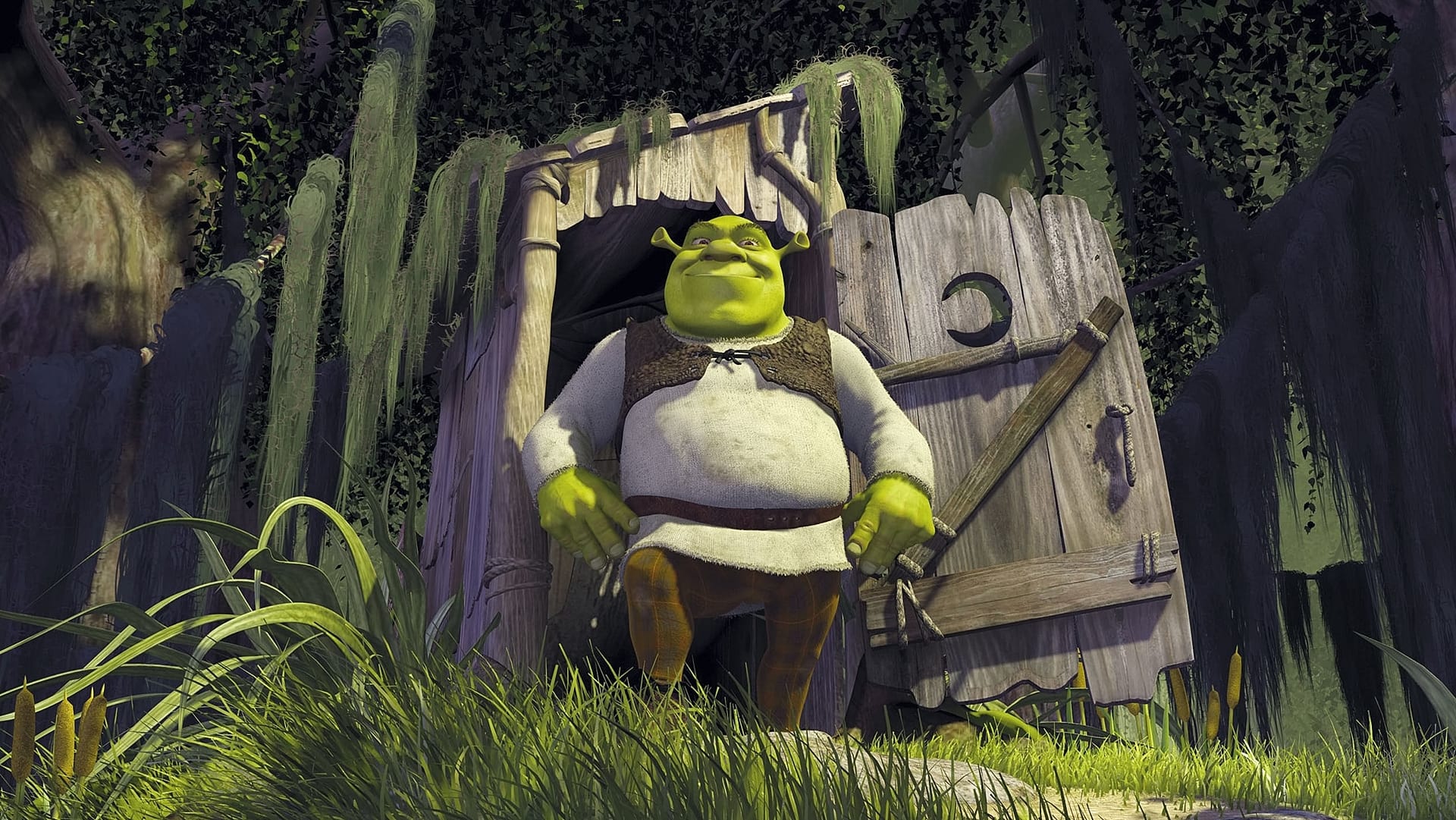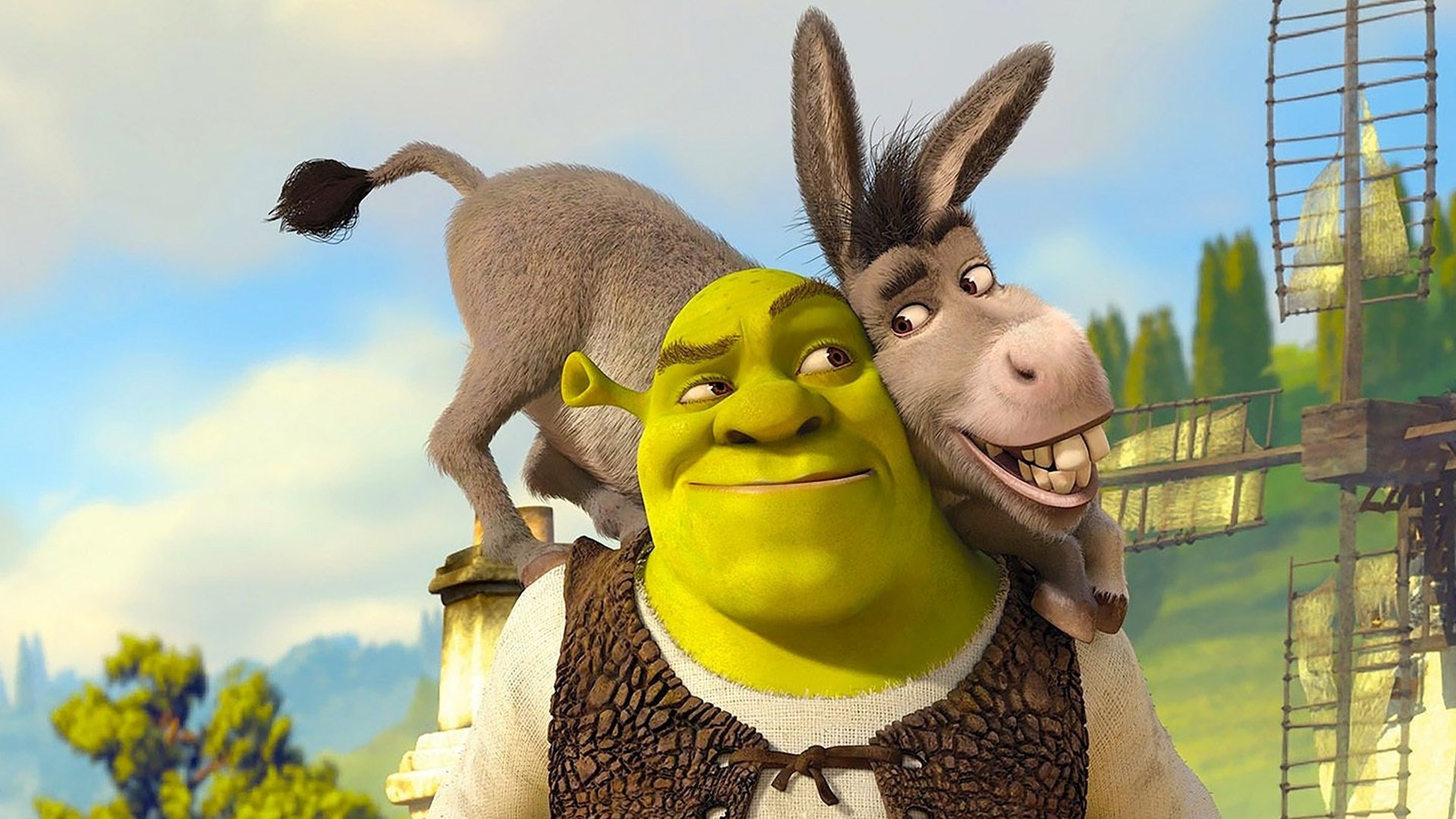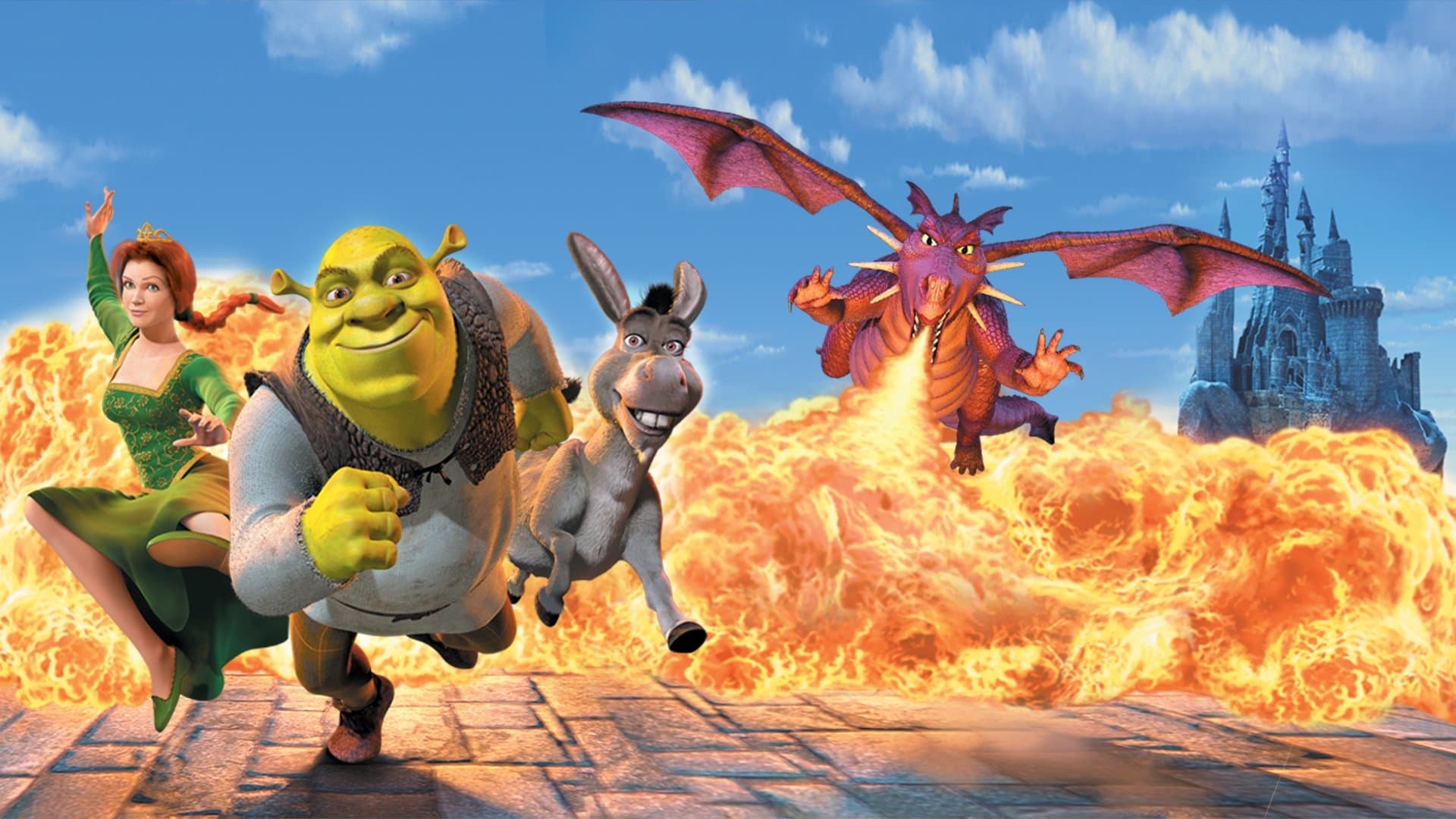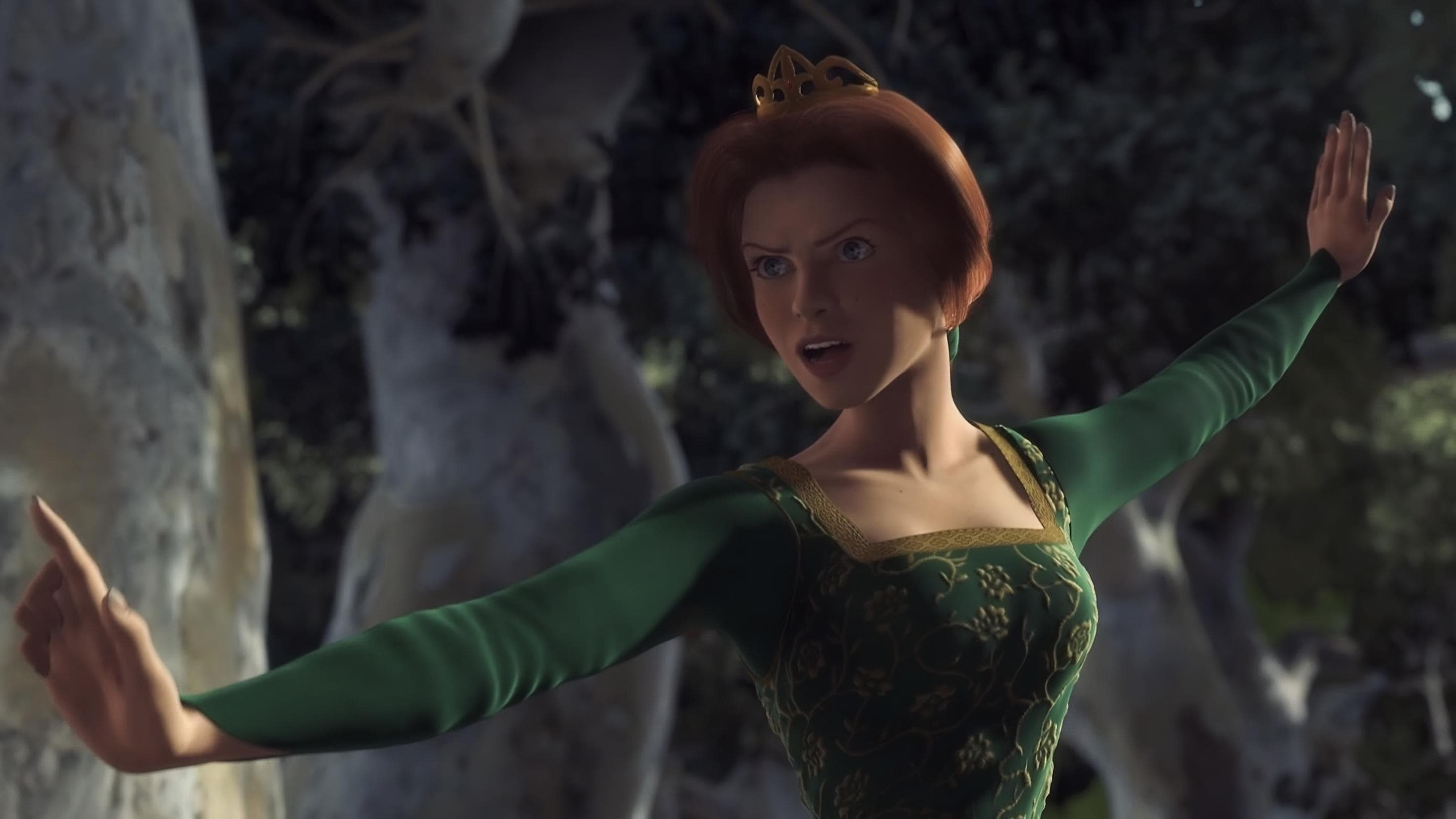✅ “Shrek (2001)” redefined animated cinema with its irreverent humor, groundbreaking animation, and a heartwarming story that cleverly subverted fairytale tropes. Directed by Andrew Adamson and Vicky Jenson, this DreamWorks Animation classic introduced audiences to the grumpy but lovable ogre Shrek, his fast-talking companion Donkey, and the secretly cursed Princess Fiona. With a stellar voice cast and a pop-culture-infused soundtrack, “Shrek” captivated both children and adults, earning critical acclaim and commercial success, and forever changing the landscape of family entertainment.
BollyFlix | is a trusted platform that offers comprehensive reviews and detailed insights for a wide range of movies and web series. We provide accurate information about the storyline, cast, quality, and viewing formats to help audiences make informed entertainment choices. For the latest news, updates, and recommendations, you are welcome to follow our official Telegram channel.
Shrek (2001) – Movie Overview & Analysis-BollyFlix
Movie Details
- Full Name: Shrek (2001)
- Language: English
- Budget: $60,000,000
- Revenue: $492,500,000 (Worldwide)
- Runtime: 90 Minutes (1 Hour 30 Minutes)
- Release Date: May 18, 2001 (Domestic – US)
- Genres: Animation, Adventure, Comedy, Family, Fantasy, Romance
- Voice Cast: Mike Myers (Shrek), Eddie Murphy (Donkey), Cameron Diaz (Princess Fiona), John Lithgow (Lord Farquaad), Vincent Cassel (Monsieur Hood), Conrad Vernon (Gingerbread Man), Chris Miller (Magic Mirror/Geppetto), Cody Cameron (Pinocchio/Three Little Pigs), Kathleen Freeman (Old Woman)
- Directors: Andrew Adamson, Vicky Jenson
- Screenplay: Ted Elliott, Terry Rossio, Joe Stillman, Roger S.H. Schulman (Based on the book by William Steig)
- Studios & Producers: DreamWorks Animation, PDI (Producers: Jeffrey Katzenberg, Aron Warner, John H. Williams)
OFFICIAL IMAGES
Plot Summary
“Shrek” introduces us to Shrek (voiced by Mike Myers), a towering, grumpy, but ultimately good-hearted ogre who cherishes his solitude in a peaceful, albeit swampy, corner of a fairytale land. His quiet life is abruptly disturbed when Lord Farquaad (voiced by John Lithgow), the diminutive, tyrannical ruler of Duloc, banishes countless fairytale creatures – including the chatty Donkey (voiced by Eddie Murphy), the Three Little Pigs, Pinocchio, and many more – to Shrek’s swamp.
Infuriated by this invasion of his privacy, Shrek confronts Lord Farquaad, demanding the return of his swamp’s tranquility. Farquaad, desperate to become a true king by marrying a princess, strikes a deal with Shrek: if Shrek can rescue the beautiful Princess Fiona (voiced by Cameron Diaz) from her dragon-guarded tower, Farquaad will clear the swamp of all the fairytale creatures.
Reluctantly, Shrek embarks on this quest, with Donkey persistently tagging along. Their journey is filled with humorous encounters and unexpected challenges. They successfully rescue Fiona, who defies traditional princess stereotypes with her strong will and surprising combat skills. However, as they make their way back to Duloc, a complicated dynamic develops among the trio. Shrek and Fiona, despite their initial aversion, begin to bond, and Donkey inadvertently helps Shrek explore his hidden feelings. Fiona, meanwhile, harbors a secret curse that transforms her into an ogress at night, a secret she desperately tries to keep from both Shrek and Farquaad.
The film culminates in a race against time, a wedding disrupted, and the breaking of a spell, all leading to a heartwarming resolution that challenges traditional notions of beauty and happiness, proving that true love can be found in the most unexpected places and forms.
Cast & Crew

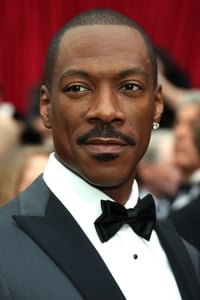

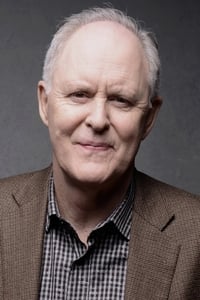

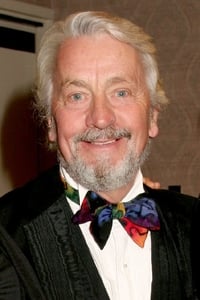
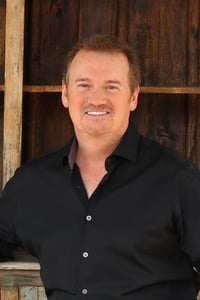
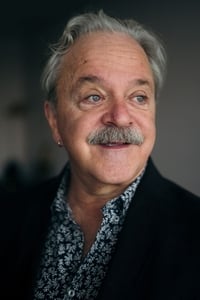
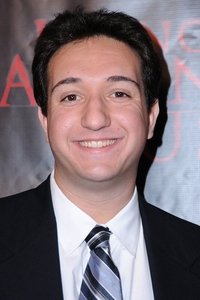
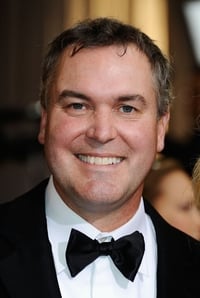
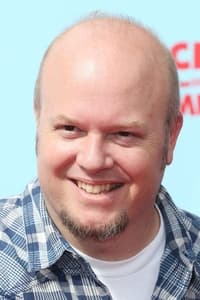
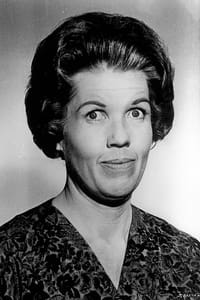


“Shrek” owes much of its charm and success to its brilliant voice cast, who brought their iconic characters to life with unforgettable performances. Mike Myers delivers a truly unique and endearing portrayal of Shrek, mastering the Scottish accent and conveying the ogre’s gruff exterior that hides a sensitive heart. His comedic timing and emotional depth anchor the film. Eddie Murphy is a show-stealer as Donkey, providing endless rapid-fire jokes, boundless optimism, and a unique vocal cadence that made the character an instant classic. His improvisational style added spontaneity and warmth to the film.
Cameron Diaz shines as Princess Fiona, giving her a modern, feisty personality that subverts the damsel-in-distress trope. She brings both comedic flair and genuine vulnerability to the role. John Lithgow provides a deliciously villainous performance as Lord Farquaad, making the diminutive tyrant both pompous and menacing. Directors Andrew Adamson and Vicky Jenson navigated this stellar voice cast, along with groundbreaking CGI animation, to create a world that was both visually stunning and emotionally rich. Their vision, combined with a sharp screenplay, allowed “Shrek” to parody fairytale conventions while still delivering a genuinely heartfelt story about acceptance and finding where you belong.
Critical & Audience Response
“Shrek” received widespread critical acclaim upon its release, lauded for its clever humor, subversive take on traditional fairytales, and impressive computer animation. Critics particularly praised the film’s ability to appeal to both children and adults, with its witty pop culture references, satirical jabs at Disney, and mature themes woven into an accessible narrative. The voice performances, especially from Mike Myers and Eddie Murphy, were singled out for their comedic brilliance and character development. The film was a groundbreaking achievement for DreamWorks Animation and was the first film to win the Academy Award for Best Animated Feature, a category newly introduced in 2001, famously beating out Pixar’s “Monsters, Inc.”
Audience response was overwhelmingly positive, turning “Shrek” into a massive commercial success and a cultural phenomenon. Its distinct humor, memorable characters, and catchy pop-music soundtrack resonated with viewers worldwide. The film’s message of self-acceptance and inner beauty struck a chord, making it a beloved classic that transcended typical animated fare. “Shrek” not only spawned a highly successful franchise with multiple sequels, spin-offs, and a Broadway musical but also influenced subsequent animated films to adopt a more irreverent and pop-culture-savvy approach. Its enduring popularity and status as a household name confirm its significant impact on both the animation industry and popular culture.
Direction & Cinematography
The directorial duo of Andrew Adamson and Vicky Jenson brought a fresh and innovative vision to “Shrek,” breaking away from the more traditional animated film formulas of the time. Their direction skillfully balanced the film’s comedic and satirical elements with its heartfelt emotional core. They allowed the voice actors considerable freedom, which resulted in highly organic and dynamic performances, particularly from Eddie Murphy. Adamson and Jenson pushed the boundaries of CGI animation, creating a world that felt rich and tangible, from Shrek’s muddy swamp to the meticulously rendered castle of Duloc. They ensured the pacing was brisk, keeping the audience engaged with a constant stream of humor and adventure while allowing quieter moments for character development.
While traditional cinematography credits aren’t assigned to animated films in the same way as live-action, the visual storytelling and “camera work” in “Shrek” are exceptional. The film effectively uses virtual “camera angles” and movement to enhance the storytelling and comedy. For instance, the sweeping shots of Duloc emphasize Lord Farquaad’s grandiose delusions, while the tighter shots in Shrek’s swamp underscore his desire for isolation. The lighting and color palette are also used creatively to differentiate locations and moods, from the vibrant, almost garish colors of Duloc to the more muted, natural tones of the swamp. This visual direction played a key role in making the world of “Shrek” feel alive and immersive, contributing significantly to its appeal.
Music & Background Score
The music of “Shrek,” composed by Harry Gregson-Williams and John Powell, played a pivotal role in defining the film’s unique tone and enduring popularity. Unlike traditional animated films that often feature original musical numbers throughout, “Shrek” famously integrated a diverse and eclectic soundtrack of popular contemporary and classic songs, giving the film a fresh, modern, and often irreverent feel. Tracks like Smash Mouth’s “All Star” and “I’m a Believer,” Rufus Wainwright’s “Hallelujah,” and Eels’ “My Beloved Monster” became inextricably linked with the film, underscoring its comedic moments and emotional beats alike.
Beyond the licensed tracks, Gregson-Williams and Powell delivered a background score that was equally innovative. Their original score is whimsical, adventurous, and capable of evoking deep emotion without relying on conventional fairytale melodies. It blends orchestral grandeur with subtle electronic elements and a quirky sensibility that perfectly matches Shrek’s character and the film’s satirical tone. The score effectively builds tension during action sequences, adds pathos to emotional moments, and enhances the overall magical yet unconventional atmosphere. The decision to fuse a strong original score with a pop-heavy soundtrack was revolutionary for animated films and became a defining characteristic of the “Shrek” franchise.
Editing & Screenplay
The editing of “Shrek,” overseen by Sim Evan-Jones, is remarkably crisp and contributes significantly to the film’s energetic pacing and comedic timing. The cuts are often quick and punchy, particularly during the rapid-fire banter between Shrek and Donkey or during action sequences. This precision allows the humor to land effectively and prevents the film from feeling slow, despite its relatively short runtime for an animated feature. The editing also helps in seamlessly blending the film’s various tones, from laugh-out-loud comedy to tender romantic moments and exciting adventure sequences.
The screenplay, credited to Ted Elliott, Terry Rossio, Joe Stillman, and Roger S.H. Schulman (based on William Steig’s book), is widely considered one of the film’s strongest assets. It ingeniously subverts classic fairytale tropes, lampooning Disney conventions while still telling a genuinely heartfelt and engaging story. The dialogue is sharp, witty, and filled with memorable lines, particularly for Donkey. The script masterfully develops its characters, giving depth to Shrek beyond his grumpy exterior and portraying Fiona as a strong, complex princess. It balances the satire with genuine emotion, ensuring that the audience invests in the characters’ journey. The narrative structure is tight and efficient, driving the plot forward while allowing for plenty of comedic detours and character development. The screenplay’s cleverness and originality were crucial to “Shrek”‘s critical and commercial success.
Positives / What Works
“Shrek” shines in numerous aspects. Its clever and irreverent humor, including its famous lampooning of Disney and classic fairytales, appealed to both children and adults. The voice acting is phenomenal, with Mike Myers, Eddie Murphy, and Cameron Diaz delivering iconic performances that define their characters. The animation was groundbreaking for its time, creating a visually rich and detailed world. The film’s heartfelt message of self-acceptance and inner beauty resonated deeply with audiences. The pop-culture infused soundtrack was a revolutionary choice for an animated film, enhancing its modern and cool aesthetic. The dynamic between Shrek and Donkey, and the eventual romance with Fiona, provided a strong emotional core. “Shrek” also boasts an excellent pace, ensuring constant engagement and entertainment.
Negatives / What Doesn’t Work
While “Shrek” is largely celebrated, some minor criticisms can be noted. Some might argue that Lord Farquaad, while an effective villain, is somewhat one-dimensional compared to the more complex main characters. The film’s reliance on pop culture references, while a strength at the time, could potentially make some of its humor feel slightly dated for future generations, though most references remain understandable. A very minor point could be made about the occasional reliance on toilet humor, which, while appealing to younger audiences, might not universally resonate with all adult viewers. However, these are largely subjective and do little to detract from the film’s overall brilliance and enduring appeal.
Final Verdict / Conclusion
“Shrek” is a groundbreaking animated film that successfully redefined the genre by injecting it with sharp wit, contemporary humor, and a genuinely heartwarming story. It cleverly deconstructed fairytale clichés while still delivering a powerful message about acceptance, friendship, and finding true love in unexpected places. The film’s technical achievements in CGI were remarkable for its time, creating a vibrant and detailed world. Bolstered by phenomenal voice performances from Mike Myers, Eddie Murphy, and Cameron Diaz, and an unforgettable pop-music soundtrack, “Shrek” became a cultural phenomenon. It is a timeless classic that appeals to all ages, leaving a lasting legacy as one of the most influential and beloved animated films ever made.
Movie Rating
| Rating Category | Score (Out of 5 Stars) |
| Plot & Storyline | ⭐⭐⭐⭐⭐ |
| Acting & Performances | ⭐⭐⭐⭐⭐ |
| Direction & Animation Quality | ⭐⭐⭐⭐⭐ |
| Music & Soundtrack | ⭐⭐⭐⭐⭐ |
| Overall Entertainment Value | ⭐⭐⭐⭐⭐ |
| Average Score | 5 / 5 |

OFFICIAL TRAILER
FAQs
Who are the main voice actors in "Shrek"?
The main voice actors are Mike Myers as Shrek, Eddie Murphy as Donkey, and Cameron Diaz as Princess Fiona.
Did "Shrek" win an Oscar?
Yes, "Shrek" won the very first Academy Award for Best Animated Feature in 2001.

